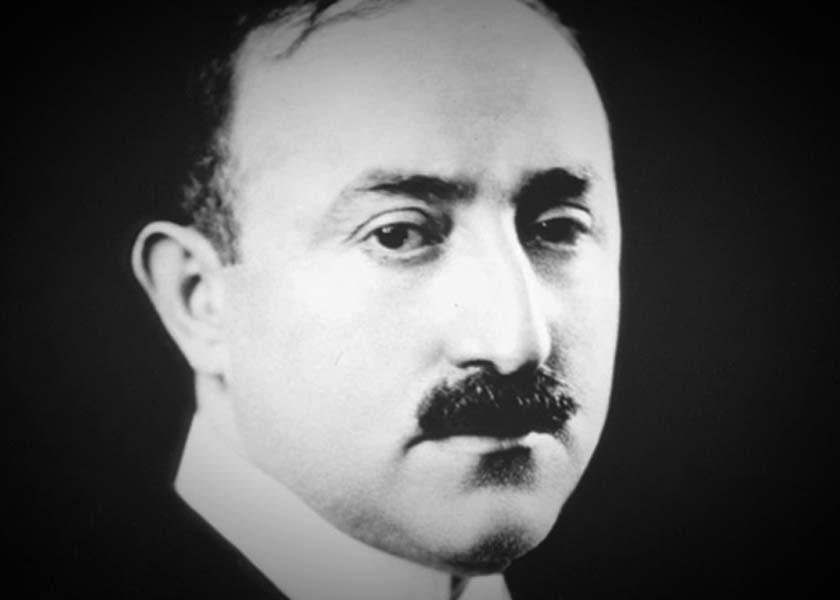William Fox and the Fox Film Corporation, by Merrill T. McCord, is a monumental tome about the early years of a major American movie studio, during which it was under the control of its founder, William Fox (1867-1952). The book is separated into several sections. The first 220 pages consist of eight chapters and a epilogue giving a narrative history of the company from its founding in 1914 until 1930, when William Fox was ousted from power via bankruptcy and a hostile takeover. Fox, née Vilmos Fuchs, was, like so many of the early day movie moguls, of Jewish descent immigrated from Eastern Europe, in his case, Hungary. Fox comes across as a hard-headed, and sometimes hard-hearted, businessman whose ambition occasionally caused him to overreach.
Typical of the narrative section is Chapter 5, titled
Growing, Growing, Grown / 1917-1919.
It is divided into subchapters as
follows: Comedy Shorts Of the Teens;
The Fox Kiddies
(featuring the
Little Imps, Katherine and Jane Lee, aged 7 and 5, respectively, in 1917);
Kellerman, Bara, Farnum
(Annette Kellerman, Theda Bara, and William Farnum
were Fox’s biggest stars in this period); Fox and the War
(Fox
enthusiastically joined with other American studios to promote the US involvement
in World War I, with titles like The Spy,
The Yankee Way, Miss USA and For Liberty);
The Newcomer
(all about Tom Mix, who would become the studio’s biggest box
office attraction in the 1920s); Farnum and Zane Grey
(William Farnum made
a series of films based on the writings of the famous Western author); and
Fox Newsreels.
Following the narrative section comes perhaps the most remarkable part of the
book: a filmography of all Fox features released between 1914 and 1925. McCord
explains that he decided to focus on the first decade of the company’s output
because it is less documented than the period from 1926 onwards. Be that as it
may, this section, over 300 pages long, undoubtedly represents an astonishing
amount of research and is a significant contribution to film scholarship. Each
entry, from the first (Life’s Shop Window, released November 2, 1914,
and designated F1) to the last (The Golden Strain, released December
27, 1925, designated F650) includes runtime, cast, credits, a story synopsis, a
sample of contemporary reviews and, frequently, a final section with miscellaneous
information about the production. For example,
The Yellow Stain (F468), released May 21, 1922, was five reels long.
The director was John Francis Dillon, Jules Furthman wrote the script, which was
based on a story by Clarence Buddington Kelland, and the cast was headed by
John Gilbert and Claire Anderson. The story
involves Gilbert as a young lawyer who settles in a small town controlled by a
corrupt lumber baron. Variety said
…an average program release, the run of which should be limited to three
days at the most, with a single day the most advisable.
In the Miscellaneous section we learn that William Fox was so pleased with the
Gilbert, Dillon, Furthman combination in Gleam O’Dawn (released
January 22, 1922) that he demanded another film from them, which was
The Yellow Stain; however, Fox thought
The Yellow Stain was junk!
Subsequent to the section on Fox features are filmographies of the studio’s serials (all two of them!) and short subjects released between 1917 and 1925.
The volume concludes with an Index and an (exhaustive) Bibliography.
While not for the casual reader, William Fox and the Fox Film Corporation is a must for the library of anyone seriously interested in the history of American silent film.

